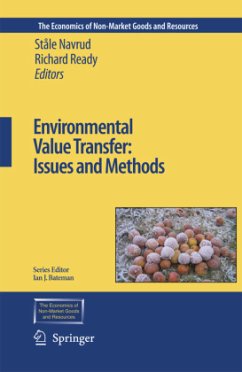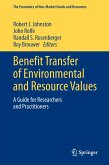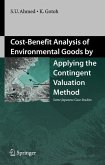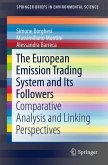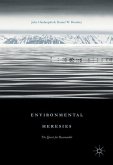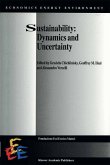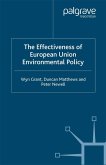The transfer of environmental values in time and space has increased rapidly with the widespread use of cost benefit analysis in project evaluation and regulatory assessments over the last three decades. Over the last 15 years, other policy uses like environmental costing, greening of systems of national accounts and natural resource damage assessments after oil spills and other pollution accidents have also contributed to the increased demand for environmental values. However, most early transfers were conducted in an uncritical manner, often lacking sound theoretical, statistical and empirical basis, and did not question the validity and reliability of the transferred values. What appears to be the first environmental value transfer exercise estimated damages, and illustrates the point that what is generally termed benefit transfer, should rather be termed value transfer in order to capture both reductions and increments in environmental quality and natural resources. This first attempt to transfer environmental values seems to be the calculation of lost recreational value from the Hell's Canyon hydroelectric project more than 30 years ago, as described by John V. Krutilla and Anthony C. Fisher in their book (Chapters 5 and 6): The Economics of Natural Environments Studies in the Valuation of Commodity and Amenity Resources. (John Hopkins Press, Baltimore, 1975). The first large-scale user of value transfer was the USDA Forest Service.
Aus den Rezensionen:
"... Die Beiträge in dem neuen Buch geben einen aktuellen Überblick über die Nutzen- und Kostenbetrachtungen anhand zahlreicher Anwendungs- und Forschungsbeispiele wieder."
(in: WasserWirtschaft, 2007, Vol. 97, Issue 12, S. 53)
"... Die Beiträge in dem neuen Buch geben einen aktuellen Überblick über die Nutzen- und Kostenbetrachtungen anhand zahlreicher Anwendungs- und Forschungsbeispiele wieder."
(in: WasserWirtschaft, 2007, Vol. 97, Issue 12, S. 53)
From the reviews:
"This book provides ample evidence assessing the reliability of the benefit transfer method for different environmental improvements. ... it gives the reader a thorough exposition of the ongoing research in the area of value transfer. For readers interested in different case studies assessing the accuracy of the benefit transfer methods, this book is most definitely recommended as it deals with some well-performed case studies using current state-of-the-art procedures from the benefit transfer literature." (Mitesh Kataria, European Review of Agricultural Economics, Vol. 35 (2), 2008)
"This book provides ample evidence assessing the reliability of the benefit transfer method for different environmental improvements. ... it gives the reader a thorough exposition of the ongoing research in the area of value transfer. For readers interested in different case studies assessing the accuracy of the benefit transfer methods, this book is most definitely recommended as it deals with some well-performed case studies using current state-of-the-art procedures from the benefit transfer literature." (Mitesh Kataria, European Review of Agricultural Economics, Vol. 35 (2), 2008)

